QUESTION:
Hey Mike,
I have seen a few of your video’s where you are using lead core line braid backing. I am just wondering what set up you recommend and what lead core you are using. I really like the idea of a lighter tackle like set up.
Also your reports and web site it fabulous. Checking it every day. Learn a lot and try to always fish Hogy’s.
Thanks,
Rob S
ANSWER:
Thanks for emailing Rob.
Here’s an article I wrote for Hogy Lures breaking down my light tackle lead core outfit.
I am also writing a story soon about a new outfit I like, a 5’6” 15-30lb class stand up tuna rod by Bass Pro Shops. It’s sounds heavy due to its description but is very soft and pleasant to work with. Here’s the link to the rod. Otherwise, I would set it up the same way as the musky rod above. I like this rod because it is much easier to work with on a boat with a cabin. It’s also very soft which means its fantastic for tubes.
Fore sake of discussion, we’ll say there are 3 Types of Lead Core:
1) Traditional: Traditional lead core (like that made by Cortland) typically comes in 100yd spools and works well. They nylon coating adds some buoyancy factor, so that’s why I recommend the 27lb over the 36lb. The 27lb actually sinks faster. The lead core is metered so each color is 30’, so you know how much line you have. I typically load all 10 colors onto a spool and put 40lb braid for backing. As far as light tackle trolling goes, the traditional lead core is fine on MH Musky rods. The traditional is easiest to find and the cheapest.
2) Braid: There are some micro-braid versions of lead core out there such as this one by Tuff Line. The 27micro lead has a much smaller diameter than “traditional” lead. The will allow for use on smaller reels which will now have plenty of line capacity. I will put a whole spool of this on, 300’ with 40lb braid backing. The braided version is a little pricey, but gets even a little deeper than the traditional version and allows for light tackle.
3) Fly-Line: There is only one option here, and that’s LC-13 by Cortland. Practically speaking, it only comes in 500’ spools that you can special order from Cortland. What I like about it is that instead of a fabric coating, it has a plastic finish that is not buoyant like the traditional and micro braided versions. As a result, it sinks faster. For this, I put 150’ feet on my spool with 40lb braid backing. Not only does it sink faster, but the line sinks uniformly, which allows for greater sensitivity. I fish the knot from braid to LC-13 in the water. LC13 is my favorite as it gets the deepest the easiest. The down side is that it is a little price
I fish with all three versions and get down to the same depths with all three. I frequently get asked how many feet down am I getting down with each of the different lines and I honestly have a hard time answering that question. I vary lure weight frequently, some times trolling up to a 7oz Parachute which gets right down, or an unweighted tube. I employ tricks like trolling with the tide and making s-turns. I do a lot of “dropping back” and in and out of gear. All I know is I’m frequently hitting bottom with an unweighted tube in tide in up to about 45’ of water. All I know is that I have to work the least hard with the LC-13 with less line out BUT if I were forced to come up with numbers, I would say braided lead core is 20% deeper than traditional lead core and lc-13 is about 20% deeper than the braided line. This is just my gut, so take it with a grain of salt.
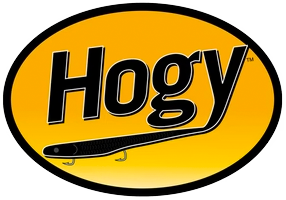
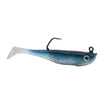
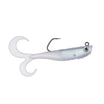
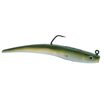
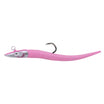
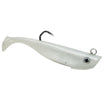
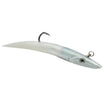

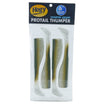
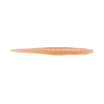
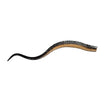
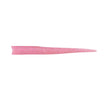
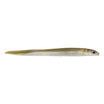
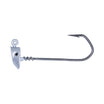
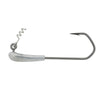
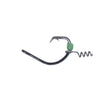
Leave a comment
This site is protected by reCAPTCHA and the Google Privacy Policy and Terms of Service apply.